Playground Earth All-Terrain Relay – BFGoodrich Segment #1

Three months ago, Louis and I traveled to the Miller Motorsports Park in Utah to take part in a three-day extreme off-road driving school sponsored by BFGoodrich. This was our first stop before we started the Playground Earth All-Terrain Relay, which was five different week-long adventures that took place over thousands of miles, all on one tough set of BFGoodrich All-Terrain tires. The professional instructors coached us in great detail on the specifications and capabilities of the BFGoodrich All-Terrain T/A KO tires, and they spent significant time training us on advanced off-road driving techniques designed for conquering many different kinds of rugged terrains. We even learned how to manage the 450+ horsepower under the hood of the Ford Raptor with spurts of adrenaline pumping through our veins. Above all, we learned good driving technique and quality tires were the two most important elements when it comes to safe and successful off-roading.
Read More »The Smithfly Switch Belt and Digi pouch, Fly Fishing Gear That I Can’t Live Without
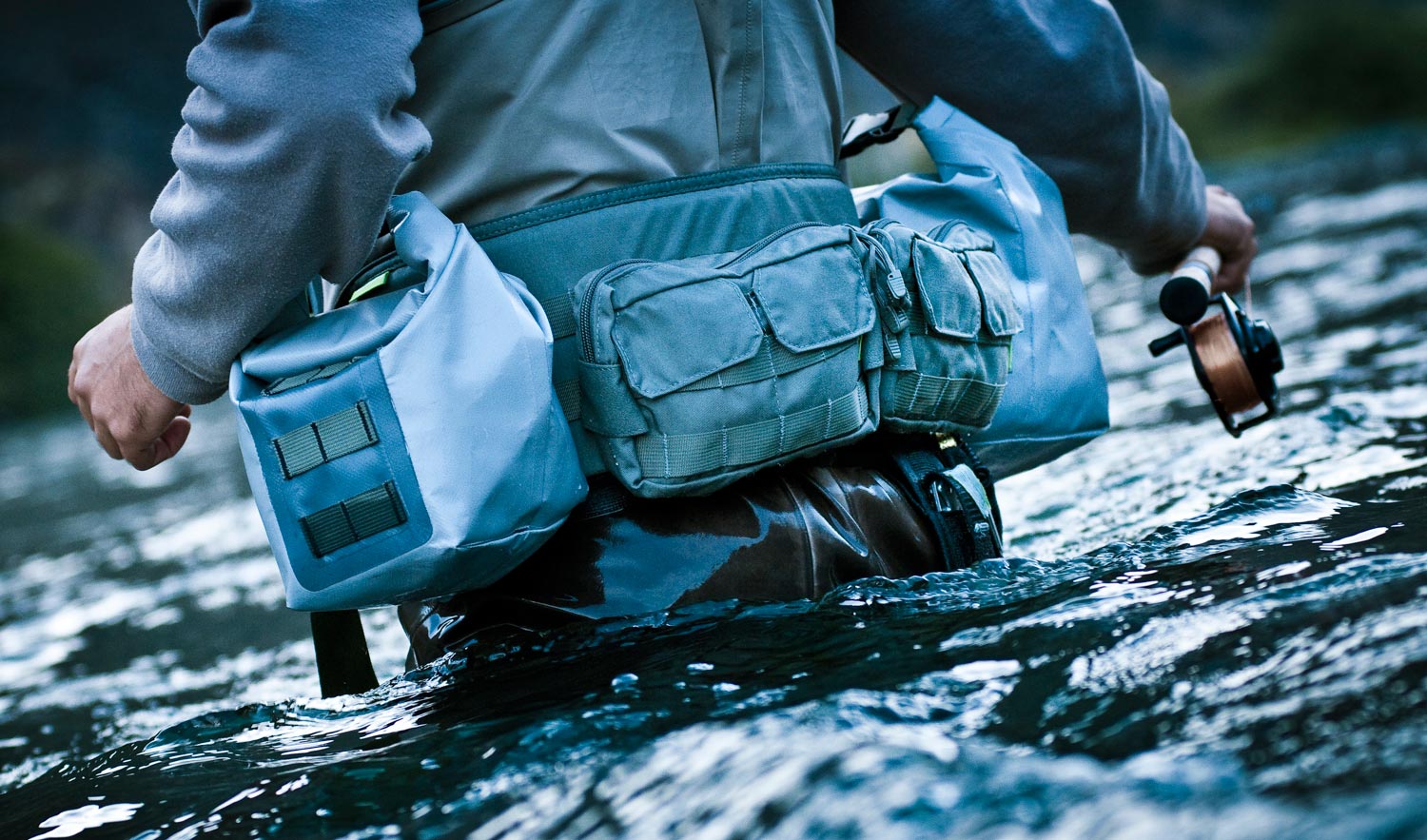
EVERY NOW AND THEN A PRODUCT COMES ALONG THAT CHANGES YOUR LIFE.
An innovation that suits your needs so exactly that you wonder if you’ve been talking in your sleep. Some gadget, like your iPhone, that leaves you wondering how you lived without it.
Well, I have been talking. For some time and not in my sleep, to every manufacturer of fishing packs I know about making a truly waterproof pack that I can trust and is large enough to carry my camera. No one listened.
As it turned out though, I was not the only one thinking about this problem. While I was talking to the big guys, a clever fellow in Ohio by the name of Ethan Smith was solving my problem. There in the shop at Smithfly, Ethan was changing my life.
As you might guess I carry an insane amount of gear when I’m on the water. Along side my fishing pack with its six fly boxes, eight spools of tippet, split shot, line dressing, water bottle, net, and so on, there are two Nikon DSLRs, an array of lenses, a flash, batteries, data cards, lens cloth and the kitchen sink.
This all started out in a backpack containing a waterproof Pelican case that weighed forty pounds. Try hiking, wading and fishing with that for a day. Not only was it killing me but it took forever to get to my camera and I missed too many shots. I eventually discovered small dry bags made for kayakers and they were an improvement but I had to carry four of them and they were so small that I couldn’t carry the camera with the lenses I wanted on it. I had to assemble the camera, in the river, every time I took it out of the bag.
Then I discovered the Smithfly Digi Pouch. The Digi Pouch is a super heavy duty dry bag that offers not only safety for your gear but amazing versatility. It works as part of the Smithfly modular system and attaches securely to the Smithfly Switch Belt. The system is brilliant in its simplicity.
Ethan figured out that there are guys
Read More »Sunday Classic / The White Tiger
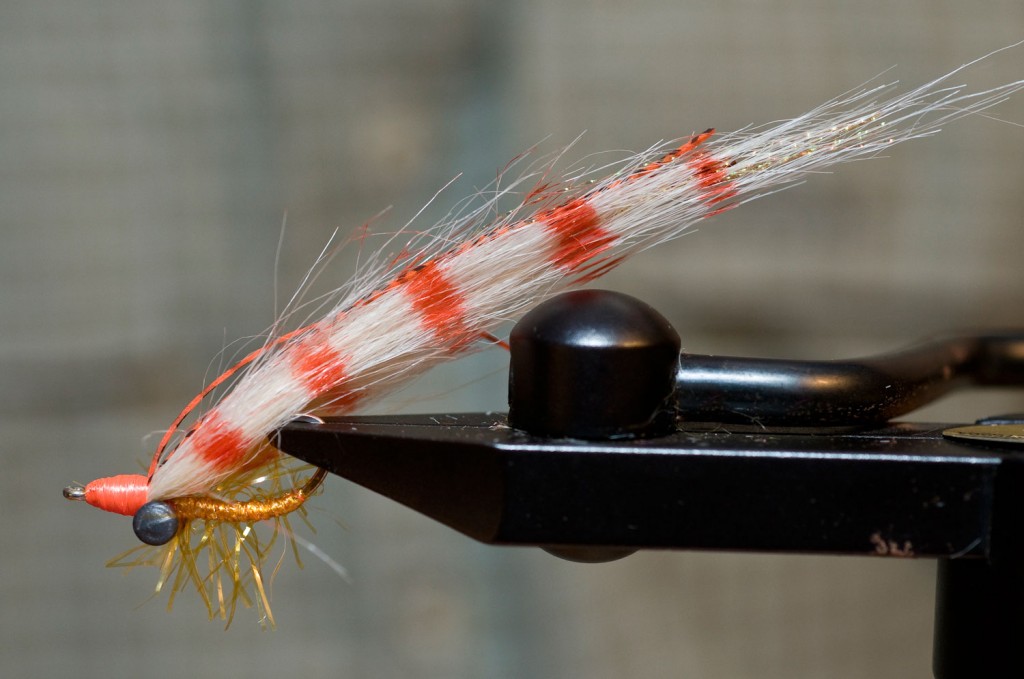
It was a windy day in November on the west side of South Andros. My buddy Bruce Chard had tied up a fly he called the White Tiger. It was big and gaudy and orange and every time it hit the water the bonefish went crazy. We stuck so many big bones that day it was silly so when we got back to the lodge I asked Bruce to tie the White Tiger for a video. If your going bone fishing don’t go without a White Tiger. Check it out.
Read More »Saturday Shoutout / Skiff Republic, Orvis and TU on Teaching Kids to Fly Fish

My friend Marshall Cutchin spent a little time on the flats with his kids recently and wrote a really thoughtful essay about it. It got me thinking. Teaching kids is important. It’s important to them and important to the sport but possibly even more important to ourselves.
Almost everyone has a kid they can teach to fish but not all of us feel prepared. Teaching is a skill and like any other skill, teaching involves some learning. Fortunately, Marshall and a few other smart folks have given the issue some thought.
Here are three great pieces on the subject of teaching kids to fly fish.
Skiff Republic – Learning
Tom Rosenbauer – Teaching a Child to Fish
Phil Genova – First Cast, Teaching Kids to Fly Fish
Read More »Fly Fishing: Don’t Overlook The Trout Water Close To You
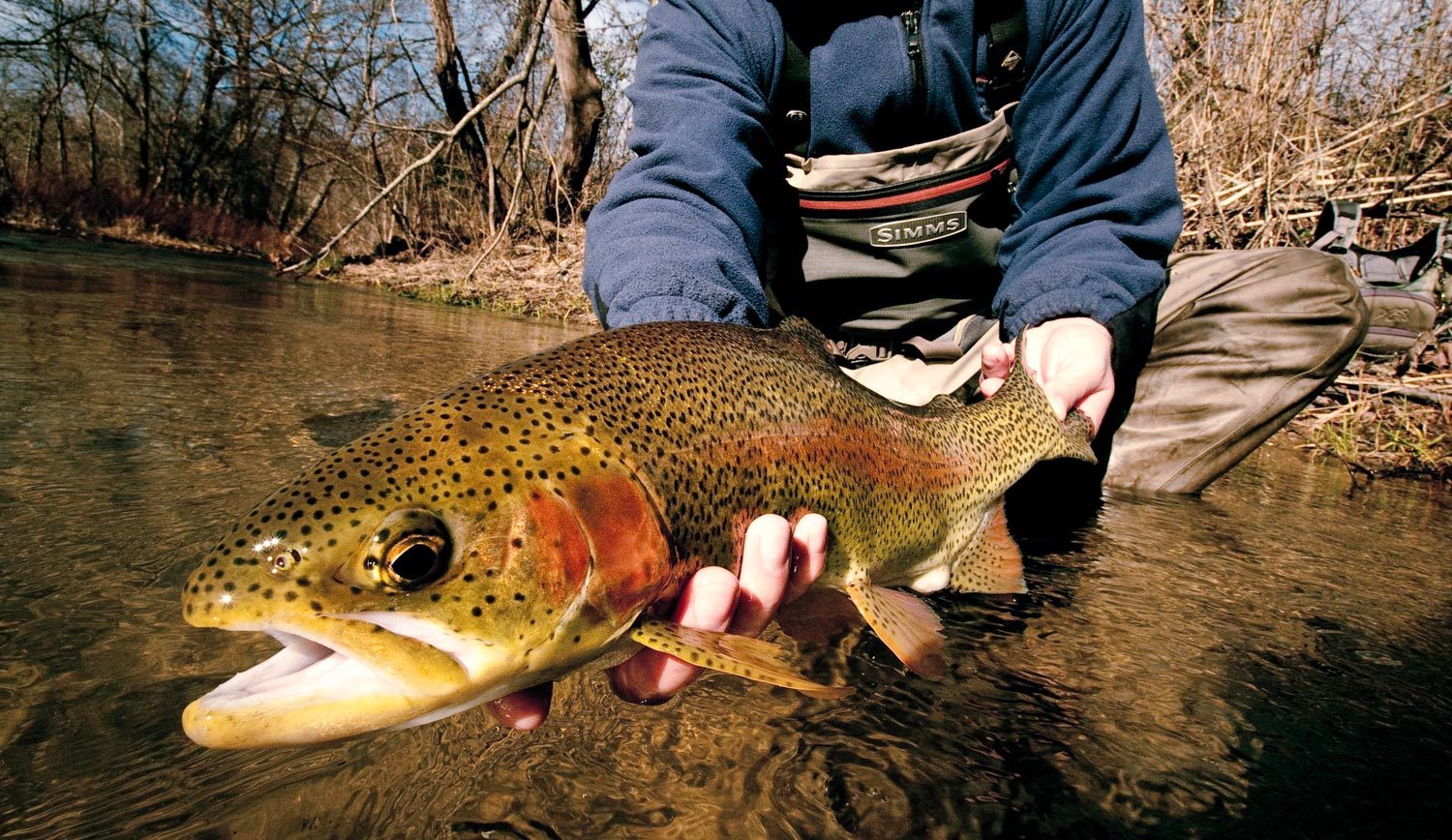
When you fish your home waters day after day you get pretty good at knowing where the trout like to hang out.
But if you let your big ego convince you into thinking you know it all, that’s when the fish will put you in your place. The other day guiding, I approached a honey hole with my client and gave him the break down on where I thought he should make his first presentation. I backed up my preaching by telling him about all the big fish we had landed there in the past. I insisted that all he needed to do was land his flies off the big rock on the far bank, and he’d get a hookup. My client promptly responded, “That sounds good Kent, but let me ask you a question? Shouldn’t I make a cast on the close side first? That water looks good too?” I replied, “That’s probably not a bad idea. It definitely could hold a fish, but if it was me fishing this spot, I’d land it off that big rock and drift the far seam first.”
This is where my client put me in my place and showed me tat even though I spend hundreds of hours a year on this trout stream, I’m no physic. Despite my coercion, my client went with his gut feeling and made his first presentation to the water close to him. Then, two-seconds into the drift, his line went tight and a behemoth trout came shooting out of the water like a tomahawk cruise missile. We landed the fish, and my client looked over at me with a “I told you so” grin. I smiled and said, “What…? I told you it probably wasn’t a bad idea to fish that close water.”
Read More »The CDC Blood Midge
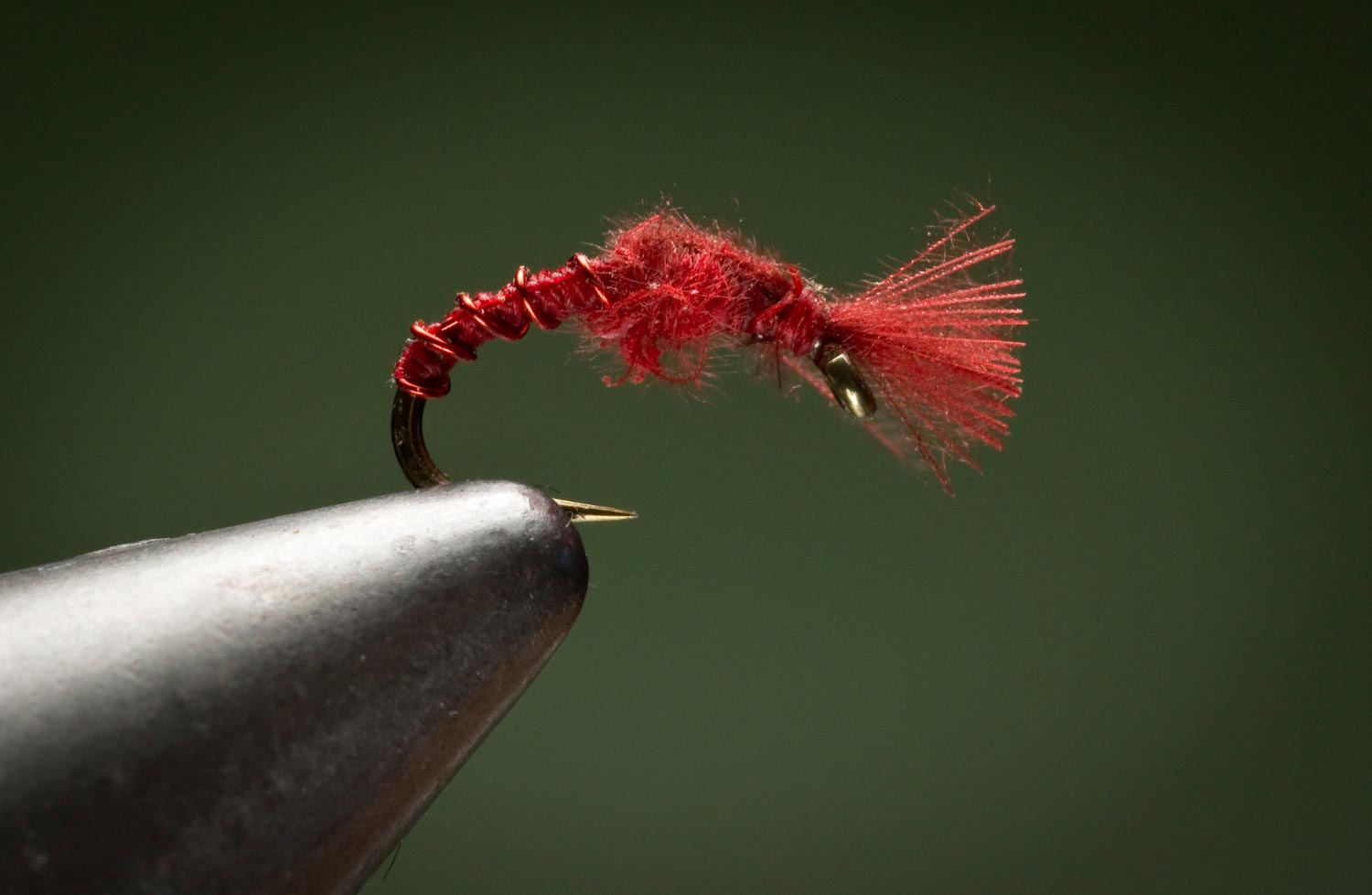
MIDGE PATTERNS CAN BE REMARKABLY EFFECTIVE FOR TROUT.
Depending on how you count them there could be over a thousand species of midge. That’s a lot of choices for the discerning trout. There are almost as many choices for the angler and a midge obsession can easily get out of hand.
I find that more times than not a Blood Midge will do the trick. I spent a morning on the Colorado River one April and caught twenty-four brown trout on a blood midge without moving my feet. Trout are naturally attracted to these red patterns even when they are not an exact match for the naturals. I’ve tied many different Blood Midge patterns but my current favorite is the CDC Blood Midge. The power of CDC can not be overestimated. This is a great pattern and very easy to tie.
Watch the video and learn hoe to tie The CDC Blood Midge.
Read More »Relax, Read the Water and Believe
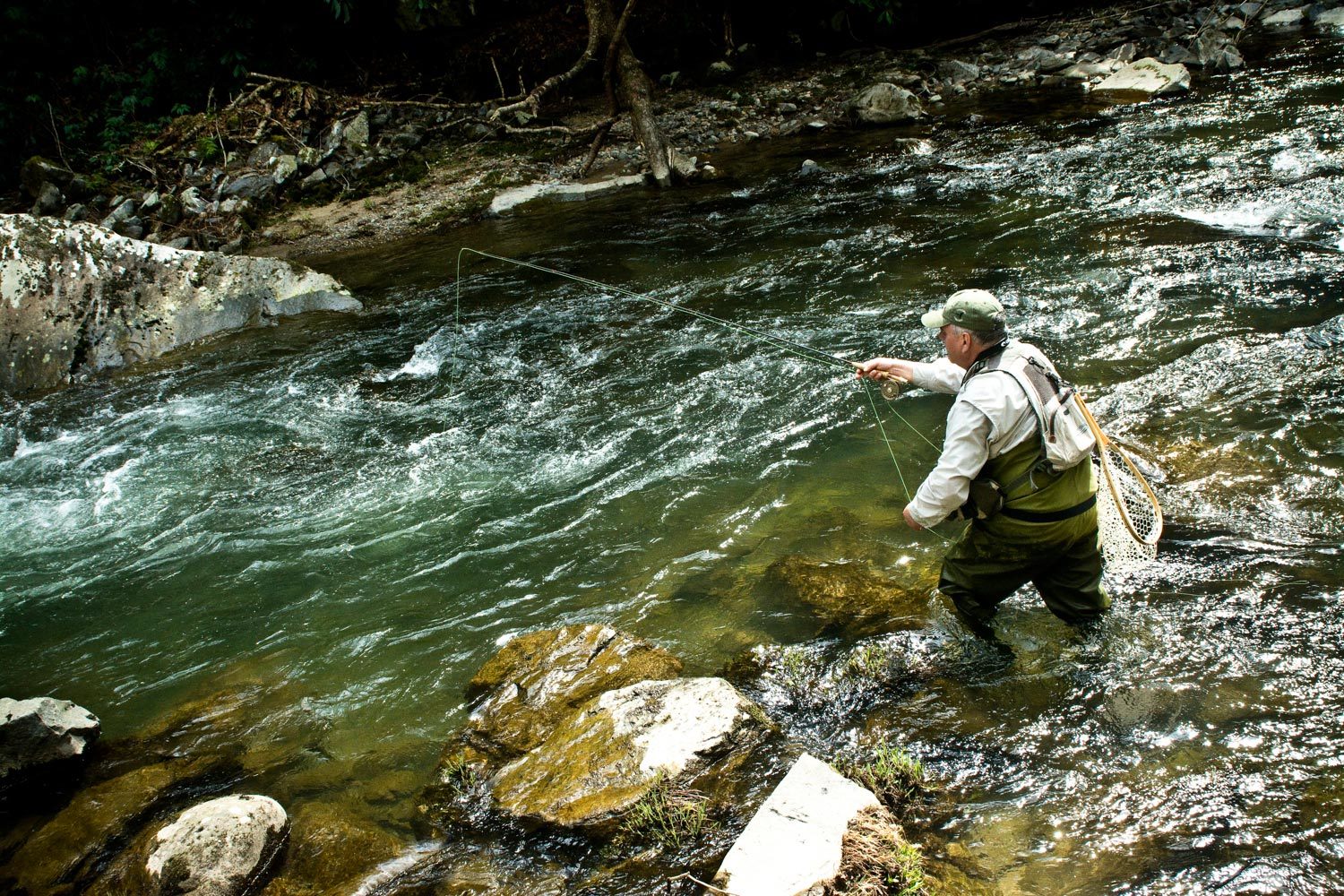
Sometimes, wanting too much can get you in trouble on the water.
If you set your goals too high and lose sight of the real reason you’re out there in the first place (to be blessed with catching a few fish and relaxing), before you know it, you’ll find yourself standing in a river feeling lost and heart broken. It’s not that wanting is bad, it’s just that too much of it, like most things in life, can be detrimental. Want has the ability to turn into greed very quickly if you aren’t careful. And fly fishing with greed on the mind is the quickest way to doom yourself to failure. Greed fogs your mind, keeps you from thinking rationally on the water and your fishing, in turn, suffers.
Read More »Sunday’s Classic / 3 Tips for Fishing High & Dirty Water for Trout
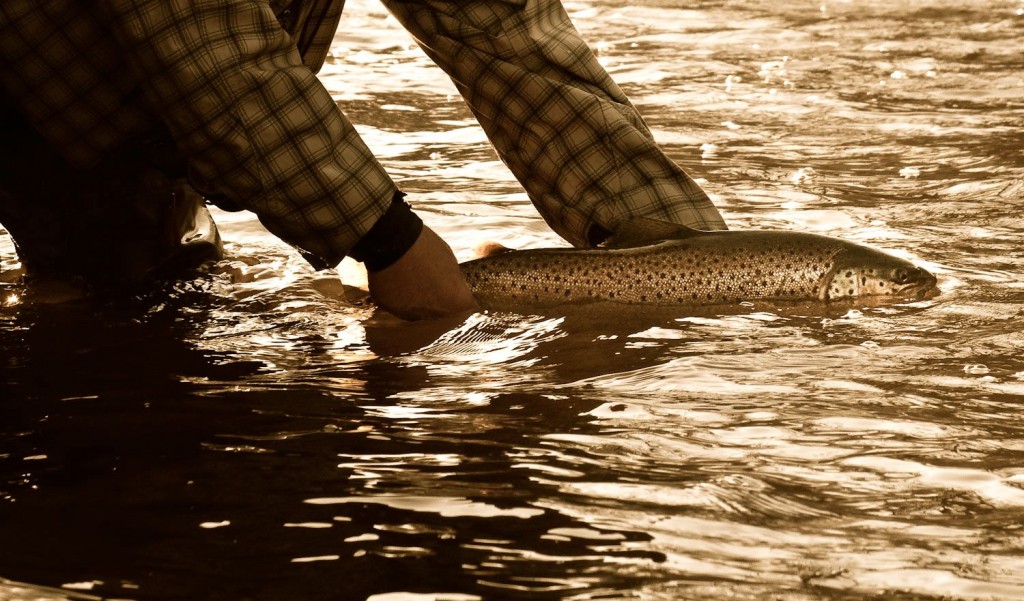
Have you ever pulled up to a stream after a heavy rain ready to fish but canceled your fishing plans because the water looked too high and dirty? I’ll be the first to admit there are times when this is the case, but very often, anglers turn around and head home when they should have Fished-ON. The fact is, trout can see a whole lot better than we think in dirty water with their ultraviolet vision. If you fish the right kinds of fly patterns and target the right water, in many cases you can do pretty darn good fishing in water conditions that are high and dirty. Even better, your odds at catching a trophy class fish are increased because the dingy water will mask your approach and also keep big educated trout from being able to scrutinize your fly patterns so much. So go ahead, call those anglers you despise and tell them the waters blown out. You’ll have a good chance of having the water to yourself and wailing on fish all day long. Don’t be afraid of dirty water. In many cases it can be your friend. Tip 1. Target the Right Kinds of Water So you’ve decided to take my advice and fish on, good for you. The first thing you need to do when fishing high and dirty water is target high percentage water. I search out the slower moving seams close to the banks, long stretches of fast shallow water that are followed by buckets or deep water where the fish will stack up, and eddies behind boulders or lay downs. These are all safe havens that trout search out refuge in during high water. They all allow trout to save energy by staying out of the excessive current, while capitalizing on the … Continue reading
Read More »Saturday Shoutout / DIY Welded Loops, Hank Patterson #7, Simms & Stoneflies

This week’s Saturday shoutout we showcase three fly fishing videos. The first is a DIY instructional, the second is for laughs, and the third is just meant to get your blood pumping. Thought it was about time to dive into some non-reading content. May all of you have a great weekend and also get some quality time in on the water.
Read More »Weather Dictates When and How I Fish My Terrestrials
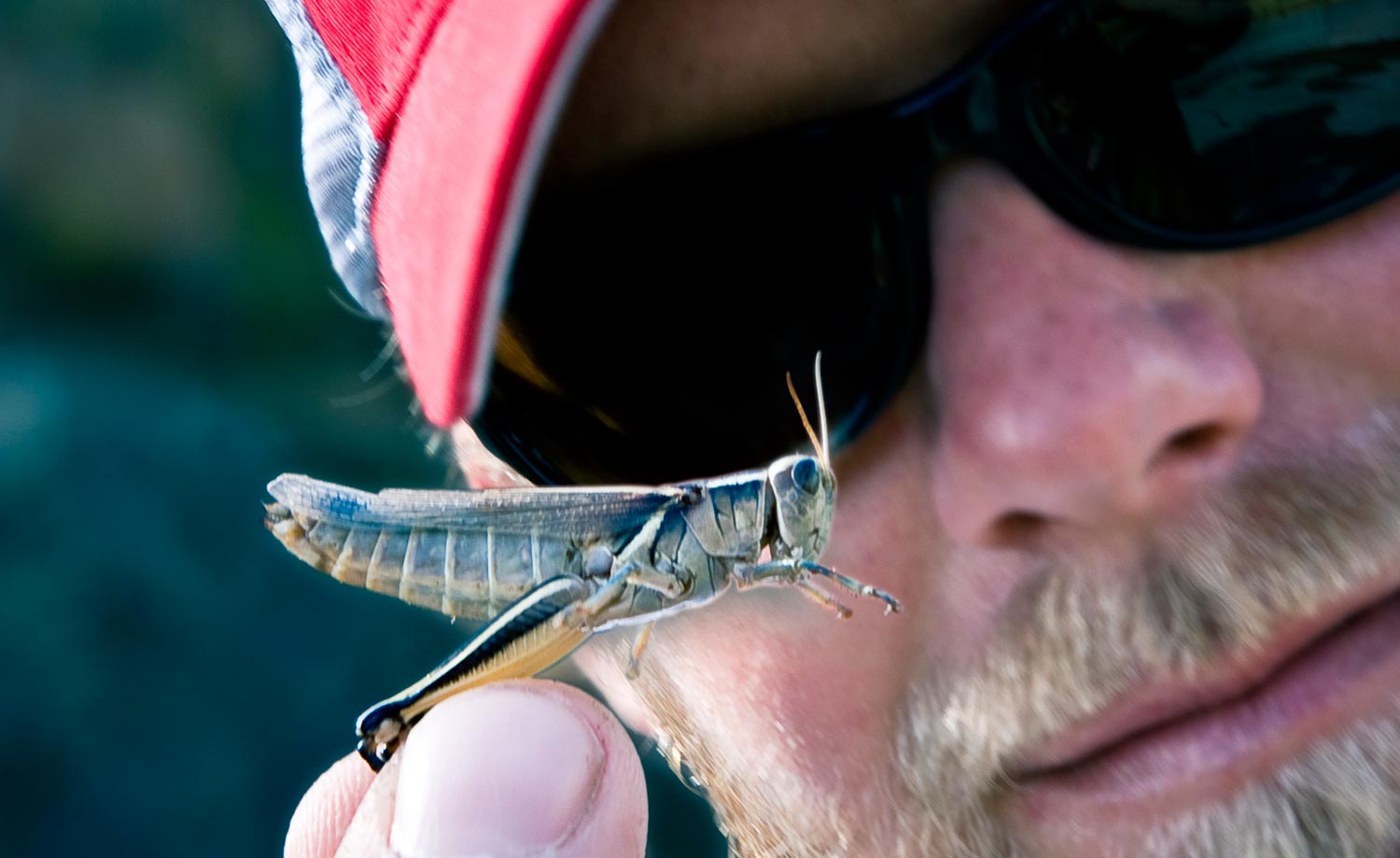
Every year, I’m asked by clients, when is the best time for them to come up and experience the terrestrial bite?
For years, I kept a terrestrial fishing journal to help me better serve my clients. The journal documented the arrival times of specific terrestrials and when I first started catching fish on them. It seemed to help me for a couple seasons, but after that, I started to become too reliant on the data in the journal, and I lost sight of the most important variable of all in timing the terrestrial season–weather. Depending on what the weather is doing for the current year, it can speed up or postpone the arrival of the terrestrial season. Some years it will only sway the start of the terrestrial season a week in either direction, while other years, it can sway the arrival well over a month. Understanding the role weather plays in the lives of terrestrials can help anglers nail down more accurately when the terrestrial season will begin and peak in their area. If you can be one of the lucky few to time and start fishing terrestrials before everyone else does, you can be rewarded with some of the biggest fish of the year.
THE EFFECT WEATHER HAS ON TERRESTRIALS
Having consistent warm weather is a major factor in the arrival of terrestrials. Cold nights during late spring will keep terrestrials hiding in their burrows and out of sight during most of the day. During years when these cold snaps linger on, it will delay the arrival of the terrestrial season significantly. Sun is a major player in getting the terrestrial fishing going as well. I’m not 100% sure of this, but I think once the rainfall drops off in the summer, and the hot sun sucks out most of the moisture content found in the plants that the bugs are eating, the terrestrials are eventually forced to search out food sources that have a higher moisture content. It makes since to me at least, that the best places for the bugs to find moisture rich plants during the heat of the summer would be around water. All living things, including terrestrials, need water to survive. Furthermore, sun is the fuel for plants to grow, and many of our streams and rivers have large amounts of flowers that bloom (late spring, early summer) along the banks that provide food (nectar) for terrestrials. During above average rainfall years, where you’ve got more cloudy days than sunny days, it can inhibit or postpone the growth and blooming of these flowers that attract the terrestrials, and therefore, they won’t be attracted to the water and available to the trout. So when you’ve got a really wet spring and summer you can expect the terrestrial season to be late. It’s important to note also, that years with high rainfall, will significantly increase the water levels on our trout waters and postpone the terrestrial bite. Too much rainfall will keep the bugs from showing up, and raise water levels, which will discourage trout from expending the energy to rise to the surface to eat them, particularly if there’s sufficient food below the surface for the trout to eat. High water also flushes out terrestrials much quicker than during average water flows. You won’t find terrestrials swirling around in eddies for long periods of time.
WHERE TO FISH YOUR TERRESTRIAL PATTERNS FIRST
Read More »